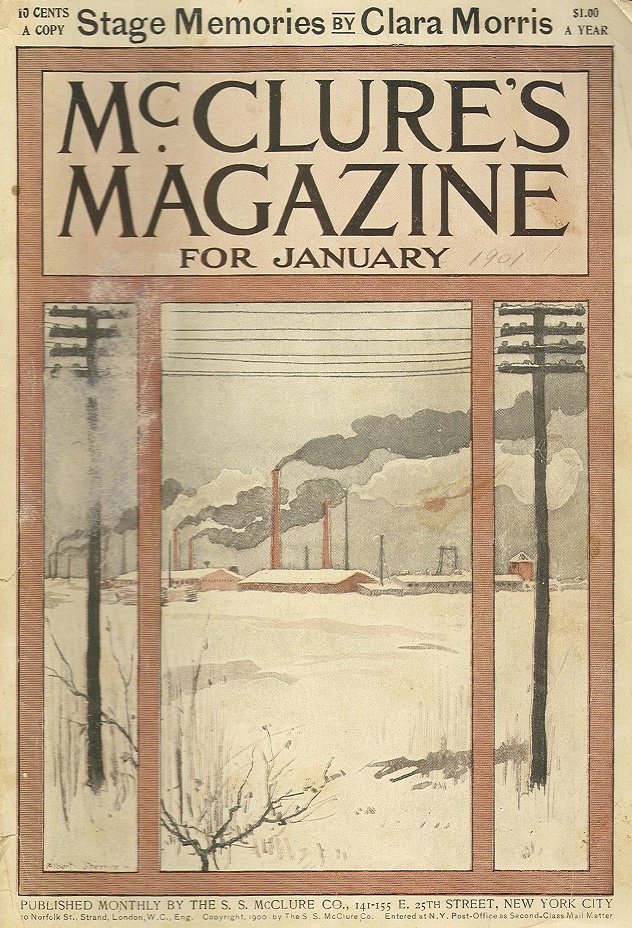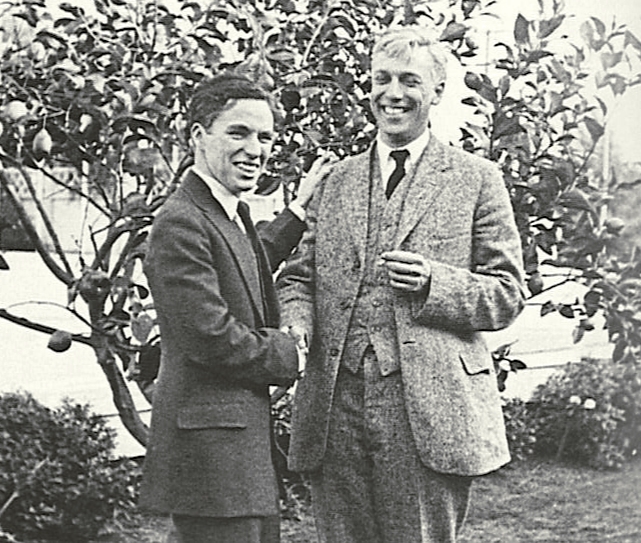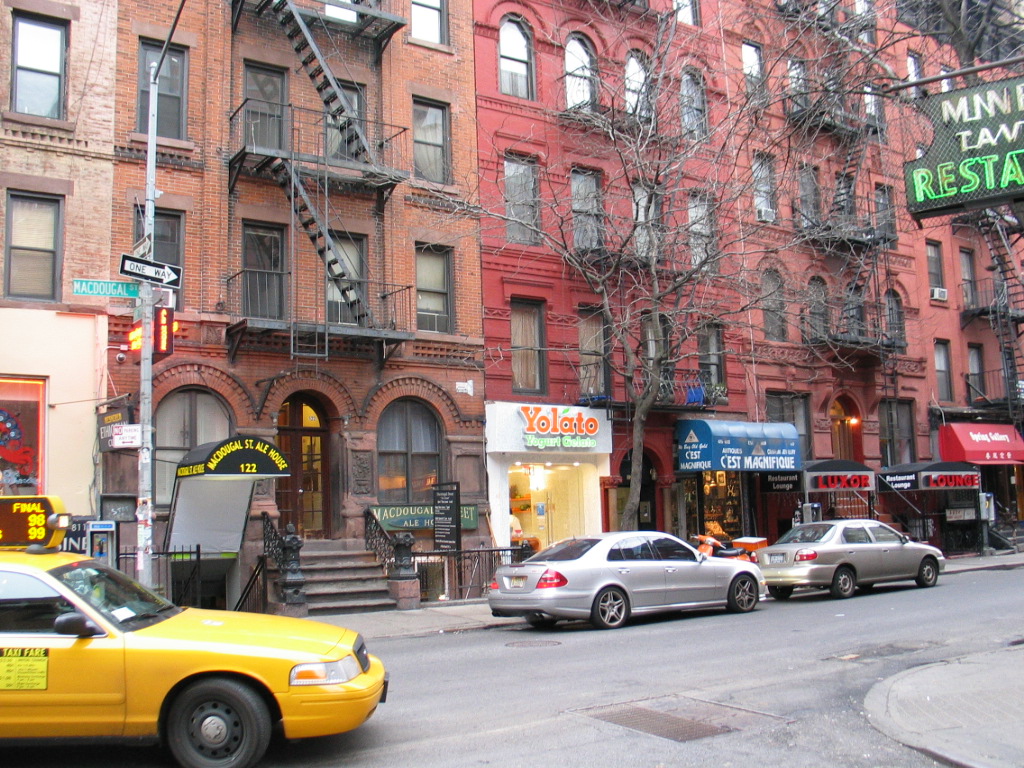|
C. L. Edson
Charles Leroy Edson (September 6 or December 6, 1881 – December 4, 1975) was an American newspaper columnist, humorist, and poet whose work appeared in New York papers in the first decades of the 20th century. He wrote a guide to writing newspaper humor, ''The Gentle Art of Columning: A Treatise on Comic Journalism'' (1920), and an autobiography, ''The Great American Ass'' (1926). Edson also wrote for several national publications. Edson's career suffered after he published his autobiography, which included an extensive personal attack on Franklin P. Adams, a New York colleague. In 1935 he joined the Federal Writers Project in Topeka, Kansas and stayed there until 1937. Thereafter, little is known about the specifics of his life, though in 1963, he was reported to be living in relative obscurity and poverty in a Topeka hotel. After the building was demolished, he resided at a nursing home in the city until his death in 1975. Early life and education Edson was born in Wilber, ... [...More Info...] [...Related Items...] OR: [Wikipedia] [Google] [Baidu] |
Wilber, Nebraska
Wilber is a city in Saline County, Nebraska, United States. The population was 1,855 at the 2010 census. It is the county seat of Saline County. Wilber is the official "Czech Capital of the USA" and hosts an annual Czech festival in August. Wilber's school is the Wilber-Clatonia High School. History Wilber was platted in 1873 by C. D. Wilber, and named for him. In 1878, the seat of Saline County was transferred to Wilber from Pleasant Hill. Wilber was declared the official Czech Capital of the United States on July 10, 1987, in a decree signed by president Ronald Reagan. Wilber hosts the annual Czech Days festival which celebrates the city's Czech heritage. Geography Wilber is located at (40.481838, -96.962376). According to the United States Census Bureau, the city has a total area of , all land. Demographics 2010 census As of the census of 2010, there were 1,855 people, 696 households, and 449 families living in the city. The population density was . There were 782 ... [...More Info...] [...Related Items...] OR: [Wikipedia] [Google] [Baidu] |
Muckraking
The muckrakers were reform-minded journalists, writers, and photographers in the Progressive Era in the United States (1890s–1920s) who claimed to expose corruption and wrongdoing in established institutions, often through sensationalist publications. The modern term generally references investigative journalism or watchdog journalism; investigative journalists in the US are occasionally called "muckrakers" informally. The muckrakers played a highly visible role during the Progressive Era. Muckraking magazines—notably ''McClure's'' of the publisher S. S. McClure—took on corporate monopolies and political machines, while trying to raise public awareness and anger at urban poverty, unsafe working conditions, prostitution, and child labor. Most of the muckrakers wrote nonfiction, but fictional exposés often had a major impact, too, such as those by Upton Sinclair. In contemporary American usage, the term can refer to journalists or others who "dig deep for the facts" or, ... [...More Info...] [...Related Items...] OR: [Wikipedia] [Google] [Baidu] |
Neysa McMein
Neysa Moran McMein (born Marjorie Frances McMein; January 24, 1888 – May 12, 1949) was an American illustrator and portrait painter who studied at The School of The Art Institute of Chicago and Art Students League of New York. She began her career as an illustrator and during World War I, she traveled across France entertaining military troops with Anita P. Wilcox and Jane Bulley and made posters to support the war effort. She was made an honorary non-commissioned officer in the United States Marine Corps for her contributions to the war effort. McMein was a successful illustrator of magazine covers, advertisements, and magazine articles for national publications, like ''McClure's'', ''McCall's,'' ''The Saturday Evening Post'', and ''Collier's''. McMein created the portrait of a fictional housewife "Betty Crocker" for General Mills. She was also a successful portrait painter who painted the portraits of presidents, actors, and writers. Algonquin Round Table members were entert ... [...More Info...] [...Related Items...] OR: [Wikipedia] [Google] [Baidu] |
Amy Lowell
Amy Lawrence Lowell (February 9, 1874 – May 12, 1925) was an American poet of the imagist school, which promoted a return to classical values. She posthumously won the Pulitzer Prize for Poetry in 1926. Life Amy Lowell was born on February 9, 1874, in Boston, Massachusetts, the daughter of Augustus Lowell and Katherine Bigelow Lowell. A member of the Brahmin Lowell family, her siblings included the astronomer Percival Lowell, the educator and legal scholar Abbott Lawrence Lowell, and Elizabeth Lowell Putnam, an early activist for prenatal care. They were the great-grandchildren of John Lowell and, on their mother's side, the grandchildren of Abbott Lawrence. School was a source of considerable despair for the young Amy Lowell. She considered herself to be developing "masculine" and "ugly" features and she was a social outcast. She had a reputation among her classmates for being outspoken and opinionated. Lowell never attended college because her family did not consider ... [...More Info...] [...Related Items...] OR: [Wikipedia] [Google] [Baidu] |
Alfred Kreymborg
Alfred Francis Kreymborg (December 10, 1883 – August 14, 1966) was an American poet, novelist, playwright, literary editor and anthologist. Early life and associations He was born in New York City to Hermann and Louisa Kreymborg (née Nasher), who ran a small cigar store, and he spent most of his life there and in New Jersey. He was an active figure in Greenwich Village and frequented the Liberal Club. He was the first literary figure to be included in Alfred Stieglitz's 291 circle, and was briefly associated with the Ferrer Center where Man Ray was studying under Robert Henri. From 1913 to 1914, Kreymborg and Man Ray worked together to bring out ten issues of the first of Kreymborg's prominent modernist magazines: ''The Glebe''. Ezra Pound – who had heard about ''The Glebe'' from Kreymborg's friend John Cournos – sent Kreymborg the manuscript of ''Des Imagistes'' in the summer of 1913 and this famous first anthology of Imagism was published as the fifth issue of ''The Gle ... [...More Info...] [...Related Items...] OR: [Wikipedia] [Google] [Baidu] |
Harry Kemp
Harry Hibbard Kemp (December 15, 1883 – August 5, 1960) was an American poet and prose writer of the twentieth century. He was known as (and promoted himself as) the "Vagabond Poet", the " Villon of America", the "Hobo Poet", or the "Tramp Poet", and was a well-known popular literary figure of his era, the "hero of adolescent Americans." Life and work Kemp was born in Youngstown, Ohio, the only son of a candymaker. He was raised by his grandmother, in a house by the local train yards. At the age of seventeen he left home to become a common seaman; after returning to the United States he traveled across the country by riding the rails as a hobo. In his early twenties he attended Mount Hermon School, from which he was expelled around December 1906, and later the University of Kansas. While a student he began publishing verse in newspapers and magazines. In 1910, Upton Sinclair and his wife Meta built a house in the single-tax village of Arden, Delaware. In 1911, Sinclair ... [...More Info...] [...Related Items...] OR: [Wikipedia] [Google] [Baidu] |
Elsa Von Freytag-Loringhoven
Elsa Baroness von Freytag-Loringhoven (née Else Hildegard Plötz; (12 July 1874 – 14 December 1927) was a German-born avant-garde visual artist and poet, who was active in Greenwich Village, New York, from 1913 to 1923, where her radical self-displays came to embody a living Dada. She was considered one of the most controversial and radical women artists of the era. Her provocative poetry was published posthumously in 2011 in '' Body Sweats: The Uncensored Writings of Elsa von Freytag-Loringhoven''. ''The New York Times'' praised the book as one of the notable art books of 2011. Early life Elsa Plötz was born, on 12 July 1874, in Swinemünde in Pomerania, Germany, to Adolf Plötz, a mason, and Ida Marie Kleist. Her relationship with her father was temperamental—she emphasized how controlling he was in the family, as well as how cruel, yet big-hearted he was. In her art, she related the ways that political structures promote masculine authority in family settings, maintain ... [...More Info...] [...Related Items...] OR: [Wikipedia] [Google] [Baidu] |
Max Eastman
Max Forrester Eastman (January 4, 1883 – March 25, 1969) was an American writer on literature, philosophy and society, a poet and a prominent political activist. Moving to New York City for graduate school, Eastman became involved with radical circles in Greenwich Village. He supported socialism and became a leading patron of the Harlem Renaissance and an activist for a number of liberal and radical causes. For several years, he edited ''The Masses.'' With his sister Crystal Eastman, he co-founded in 1917 '' The Liberator'', a radical magazine of politics and the arts. While residing in the Soviet Union from the fall of 1922 to the summer of 1924, Eastman was influenced by the power struggle between Leon Trotsky and Joseph Stalin and the events leading to Stalin's eventual takeover. As a witness to the Great Purge and the Soviet Union's totalitarianism, he became highly critical first of Stalinism and then of communism and socialism in general. While remaining atheist, he becam ... [...More Info...] [...Related Items...] OR: [Wikipedia] [Google] [Baidu] |
Guido Bruno
Guido Bruno (1884–1942) was a well-known Greenwich Village character, and small press publisher and editor, sometimes called "the Barnum of Bohemia." He was based at his "Garret on Washington Square" where for an admission fee tourists could observe "genuine Bohemian" artists at work. He produced a series of little magazine publications from there, including ''Bruno's Weekly'', ''Bruno's Monthly'', ''Bruno's Bohemia'', ''Greenwich Village'', and the 15 cent ''Bruno Chap Books''. ''Republic of Dreams, Greenwich Village: The American Bohemia, 1910-1960'', by Ross Wetzsteon, New York, Simon & Schuster (2003) From July 1915 to December 1916, ''Bruno's Weekly'' published poems, short stories, essays, illustrations and plays, as well as special sections, such as "Children's House," and "In Our Village." The publisher was Charles Edison. [...More Info...] [...Related Items...] OR: [Wikipedia] [Google] [Baidu] |
Albert Boni
Albert Boni (October 29, 1892, New York City – July 31, 1981, Ormond Beach, Florida) was co-founder of the publishing company Boni & Liveright and a pioneering publisher in paperbacks and book clubs. Biography Born in 1892 to a Jewish family in New York City, Albert Boni moved, at an early age, with his family to Newark and completed his secondary school education there at Barringer High School. He completed two years of college at Cornell University and one year at Harvard University. Instead of starting his senior year at Harvard, Boni convinced his father to finance the establishment (originally at 95 Fifth Avenue and then at 135 MacDougal Street) of the Washington Square Bookshop with Albert's brother Charles as a partner. The Boni brothers' book store became a meeting place for leftist, Greenwich Village writers and intellectuals. The Boni brothers, with two other partners, created the Little Leather Library of pocket-sized editions of literary classics bound in imitation ... [...More Info...] [...Related Items...] OR: [Wikipedia] [Google] [Baidu] |
Ray Stannard Baker
Ray Stannard Baker (April 17, 1870 – July 12, 1946) (also known by his pen name David Grayson) was an American journalist, historian, biographer, and author. Biography Baker was born in Lansing, Michigan. After graduating from the Michigan State Agricultural College (now Michigan State University), he attended law school at the University of Michigan in 1891 before launching his career as a journalist in 1892 with the ''Chicago News-Record,'' where he covered the Pullman Strike and Coxey's Army in 1894. In 1896, Ray Stannard Baker married Jessie Beal. They had four children: Alice Beal (1897), James Stannard (1889), Roger Denio (1902), and Rachel Moore (1906). In 1898, Baker joined the staff of ''McClure's'', a pioneer muckraking magazine, and quickly rose to prominence along with Lincoln Steffens and Ida Tarbell. He also dabbled in fiction, writing children's stories for the magazine ''Youth's Companion'' and a nine-volume series of stories about rural living in America, ... [...More Info...] [...Related Items...] OR: [Wikipedia] [Google] [Baidu] |
Greenwich Village
Greenwich Village ( , , ) is a neighborhood on the west side of Lower Manhattan in New York City, bounded by 14th Street to the north, Broadway to the east, Houston Street to the south, and the Hudson River to the west. Greenwich Village also contains several subsections, including the West Village west of Seventh Avenue and the Meatpacking District in the northwest corner of Greenwich Village. Its name comes from , Dutch for "Green District". In the 20th century, Greenwich Village was known as an artists' haven, the bohemian capital, the cradle of the modern LGBT movement, and the East Coast birthplace of both the Beat and '60s counterculture movements. Greenwich Village contains Washington Square Park, as well as two of New York City's private colleges, New York University (NYU) and The New School. Greenwich Village is part of Manhattan Community District 2, and is patrolled by the 6th Precinct of the New York City Police Department. Greenwich Village has underg ... [...More Info...] [...Related Items...] OR: [Wikipedia] [Google] [Baidu] |


.jpg)
_-_Notman.jpg)




